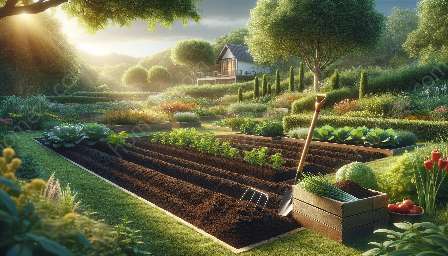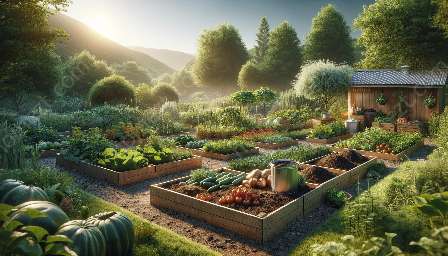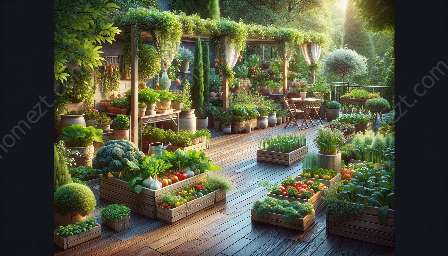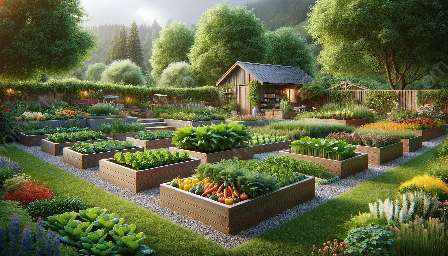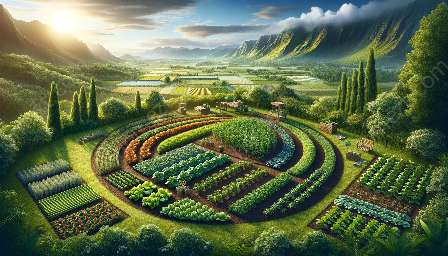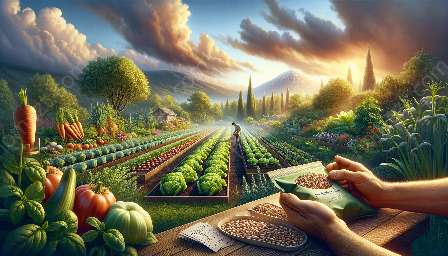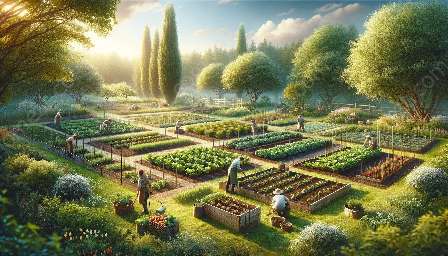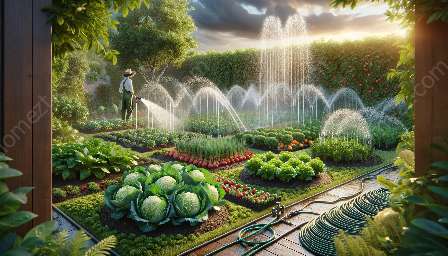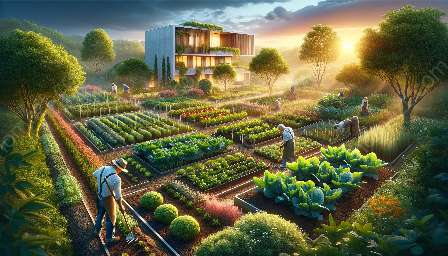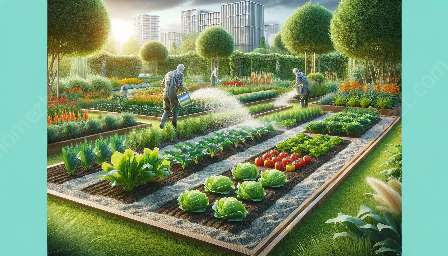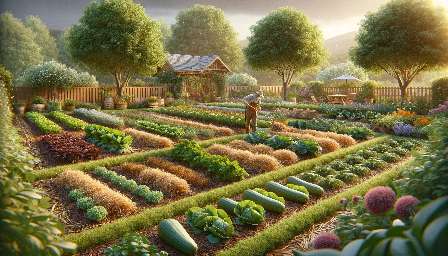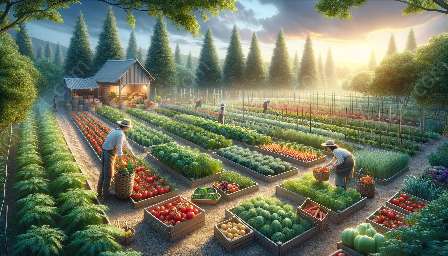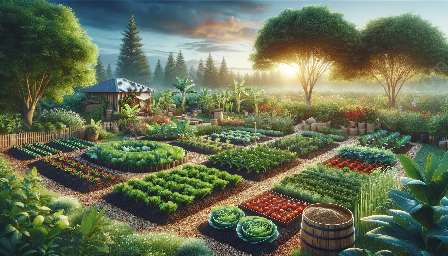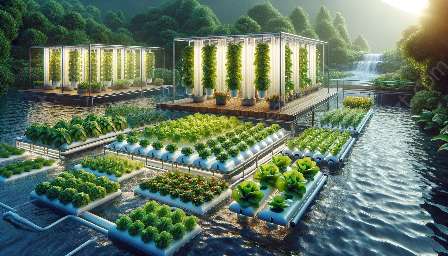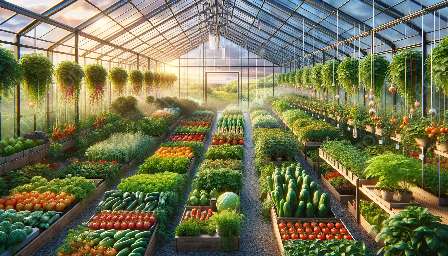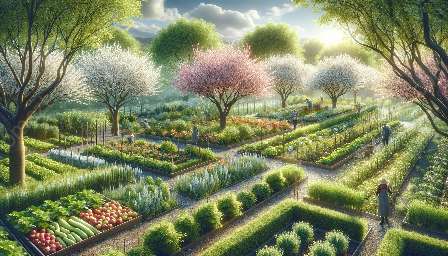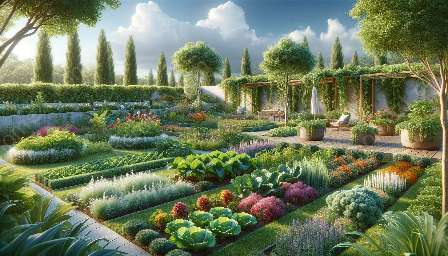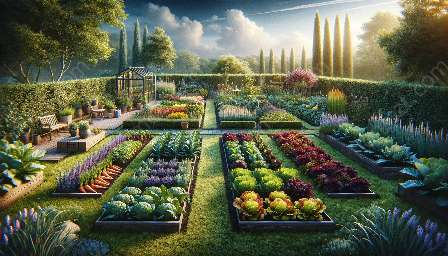Pruning and trellising are essential techniques for maintaining and supporting the health and growth of plants in vegetable gardens. By implementing proper pruning and trellising methods, gardeners can optimize yield, prevent disease, and enhance the overall aesthetics of their garden. This comprehensive guide explores the principles and best practices for pruning and trellising in the context of gardening and landscaping.
The Importance of Pruning
Pruning is the process of selectively removing certain parts of a plant, such as branches, buds, or roots, to promote healthy growth and shape. In a vegetable garden, pruning plays a crucial role in managing the size and structure of plants, improving air circulation, and maximizing sunlight exposure. By eliminating overcrowded or diseased branches, gardeners can prevent the spread of pathogens and ensure that each plant receives adequate nutrients for optimal development.
Key Benefits of Pruning:
- Enhanced Fruit Production: Pruning can stimulate the production of high-quality fruits and vegetables by redirecting the plant's energy to the most productive areas.
- Disease Prevention: Removing infected or damaged parts of the plant can help prevent the spread of diseases and improve overall plant health.
- Improved Aesthetics: Proper pruning can enhance the visual appeal of the garden by maintaining tidy and well-shaped plants.
- Optimized Harvest: Pruning ensures that fruits and vegetables are easily accessible and simplifies the harvesting process.
Effective Pruning Techniques
When it comes to vegetable gardens, specific plants may require different pruning techniques. For instance, vining crops like tomatoes, cucumbers, and squash benefit greatly from pruning and trellising. Understanding the growth habits and unique needs of each plant is essential for successful pruning. General pruning practices include:
- Regular Inspection: Regularly inspect plants for signs of disease, overcrowding, or weak growth. This allows gardeners to identify the areas that require pruning.
- Sanitization: Prioritize the use of sanitized pruning tools to prevent the transfer of diseases between plants.
- Correct Timing: Pruning at the right time, such as during the plant's dormant phase or before the flowering period, ensures minimal stress and promotes rapid recovery.
The Art of Trellising
Trellising involves providing vertical support for plants to climb or sprawl, ultimately maximizing space and improving air circulation. In vegetable gardening, trellising is particularly beneficial for vining and climbing plants, allowing them to thrive in a confined space while reducing the risk of diseases caused by ground contact. Commonly trellised crops include peas, beans, cucumbers, and certain varieties of tomatoes.
Advantages of Trellising:
- Space Efficiency: Trellising enables gardeners to make the most of limited space by training plants to grow upward, leaving more room for other crops.
- Reduced Pest and Disease Pressure: Elevating plants off the ground can minimize the risk of soil-borne diseases and pests, promoting healthier growth.
- Easier Harvesting: With trellising, fruits and vegetables are more accessible, making harvesting quicker and less labor-intensive.
- Aesthetic Appeal: Well-organized trellising structures not only increase productivity but also contribute to the visual appeal of the garden.
Implementing Effective Trellising
Successful trellising involves considering the specific needs of each plant and selecting appropriate support structures. Depending on the type of crop, various trellising methods can be employed, including:
- Vertical Trellis: A simple vertical structure provides support for climbing plants, allowing them to reach for sunlight and air.
- Arbors and A-Frames: These larger trellising structures are ideal for vining crops like squash and melons, providing ample space for growth and support.
- Cage or Mesh Trellis: Widely used for tomatoes and cucumbers, these trellises offer sturdy support for heavy fruits and facilitate efficient harvesting.
By integrating proper pruning and trellising techniques into the management of a vegetable garden, gardeners can cultivate healthier, more productive plants while creating an aesthetically pleasing outdoor space. Understanding the unique requirements of different vegetable varieties and implementing suitable care practices is essential for achieving successful results.

